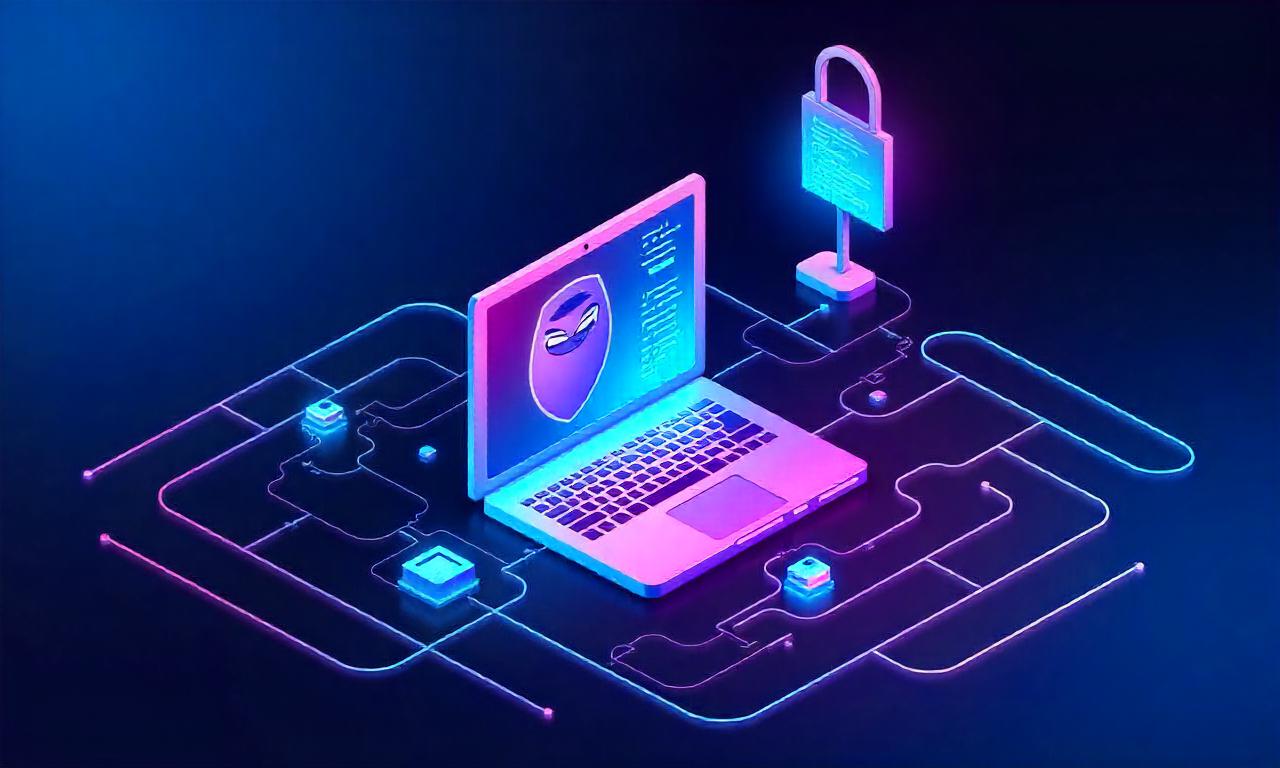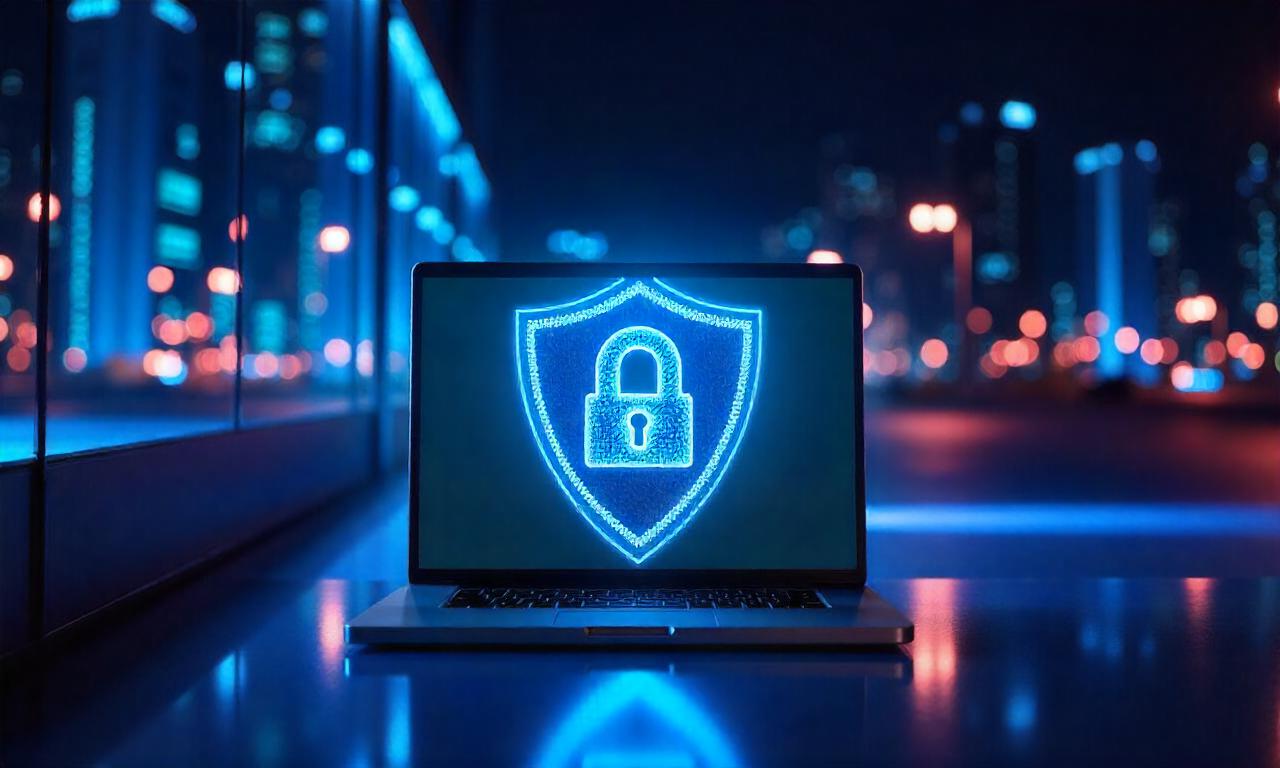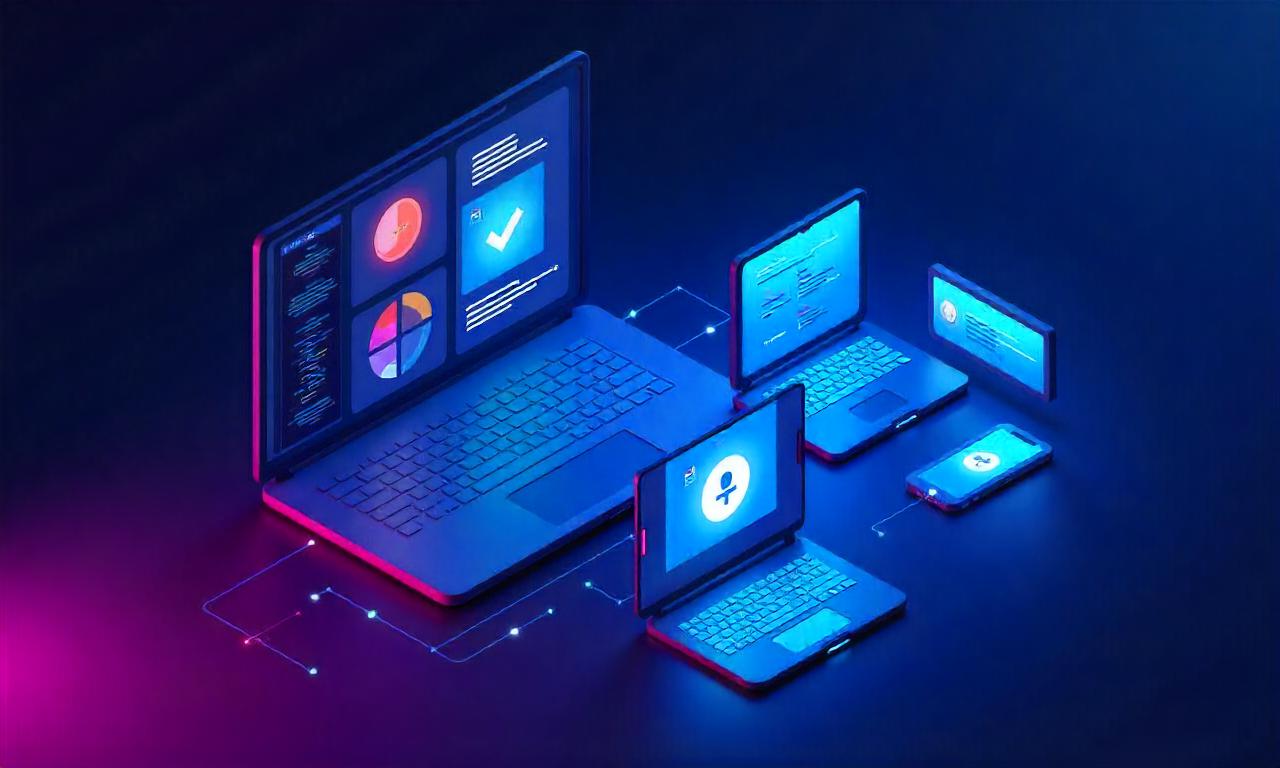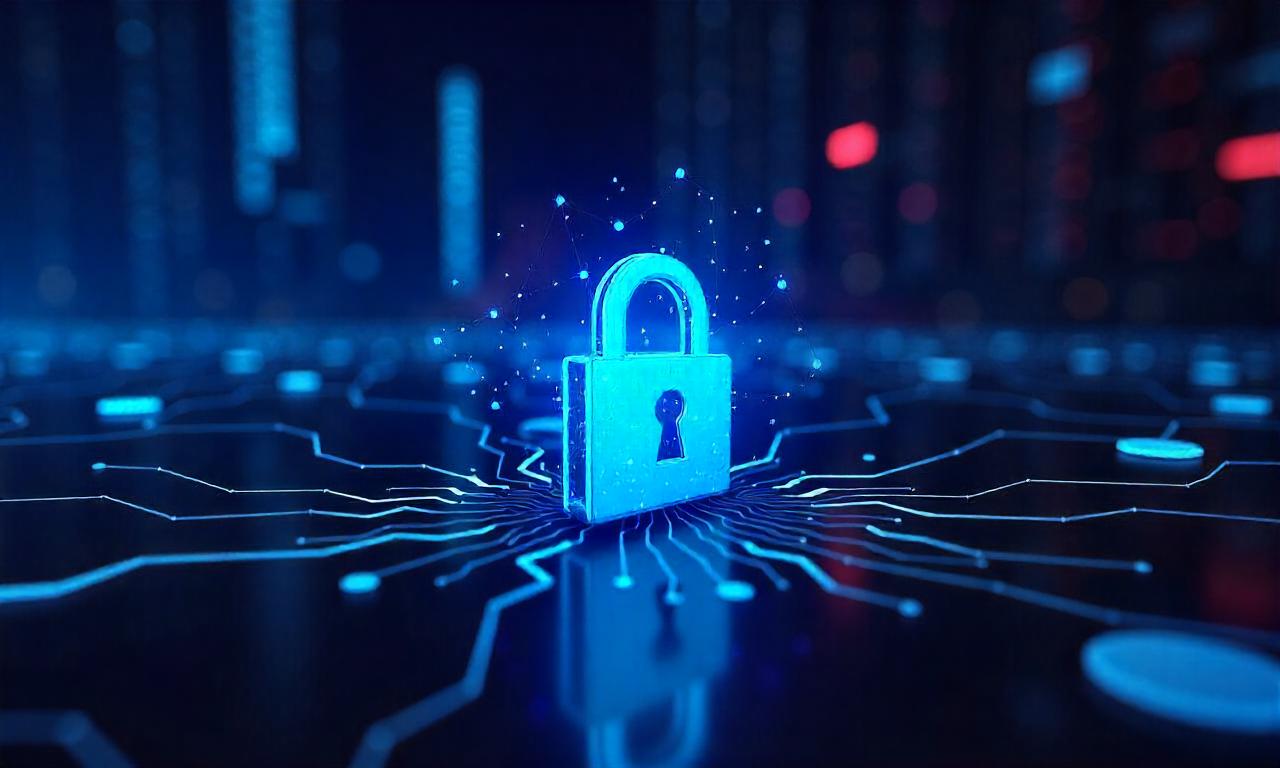Discover VPN best practices for telecommuters to ensure secure remote access, protect sensitive data, and maintain a stable connection while working from home.
In today’s digital age, remote work has become the norm for many professionals. But how secure is your setup? While convenience is a priority, security should never take a backseat. Many assume their personal devices and home networks are safe enough, but the reality is far more complex.
Using dedicated work equipment and specialized tools can make a world of difference. For instance, continuous software updates and robust anti-malware systems are essential. These measures help protect sensitive information and ensure a safer digital workspace.
Organizations like UC Berkeley recommend rigorous protocols to safeguard networked systems. By following these guidelines, you not only protect yourself but also contribute to a more secure environment for your team. Let’s dive deeper into how you can enhance your remote work setup.
Table of Contents
ToggleKey Takeaways
- Dedicated work devices enhance security and reduce risks.
- Regular software updates are critical for protection.
- Anti-malware and firewalls are essential tools.
- Personal devices may expose sensitive data to threats.
- Adhering to security protocols benefits both individuals and organizations.
Understanding the Landscape of Remote Work Security
The shift to remote work has introduced new challenges in cybersecurity. As more employees log in from home, the risks to sensitive data have skyrocketed. Cybercriminals are exploiting vulnerabilities in home networks, making it essential to understand the evolving threat landscape.
The Rise of Telecommuting and Evolving Cyber Threats
Since the pandemic, remote work has surged, and so have cyberattacks. Reports show a 600% increase in cybercrime since 2020. Hackers target home networks because they often lack the robust security measures found in corporate environments.
For example, phishing attacks have become more sophisticated, tricking users into revealing login credentials. Ransomware incidents have also spiked, locking companies out of their systems until a ransom is paid. These threats highlight the need for stronger security protocols.
How Remote Work Expands the Network Vulnerability Surface
Remote work expands the attack surface by connecting more devices to networks. Personal laptops, smartphones, and IoT devices often lack proper security configurations. This creates entry points for cybercriminals to exploit.
Companies face significant risks, including data breaches and compliance violations. A single compromised device can expose an entire network. For instance, a 2023 study found that 60% of breaches originated from remote work setups.
Neglecting these risks can lead to financial losses and reputational damage. Businesses must invest in tools like firewalls, encryption, and employee training to mitigate these threats.
“The rise of remote work has made cybersecurity a top priority for businesses worldwide.”
Understanding these risks is the first step toward better protection. By addressing vulnerabilities and adopting proactive measures, companies can safeguard their data and maintain operational resilience.
Digital Security Strategies for Remote Professionals
With the rise of remote work, digital security has become a critical concern for professionals. Protecting sensitive data requires a proactive approach. By implementing the right strategies, you can minimize risks and ensure a safer work environment.

Maintaining Work Data on Dedicated Devices
Using dedicated devices for work is one of the most effective ways to reduce security risks. Personal devices often lack the necessary safeguards, making them vulnerable to attacks. Institution-issued computers are typically configured with advanced security measures.
For example, tools like Apple FileVault and BitLocker provide whole-disk encryption, ensuring data remains secure even if the device is lost or stolen. Keeping work data separate from personal files also minimizes the chance of accidental exposure.
Importance of Software Updates and Regular Backups
Regular software updates are essential for closing vulnerability gaps. Cybercriminals often exploit outdated systems to gain unauthorized access. Enabling automatic updates ensures your software is always up-to-date.
Backups are equally critical. Storing data on external encrypted drives or cloud solutions like VeraCrypt provides an extra layer of protection. In case of a ransomware attack or hardware failure, backups ensure you can recover your data quickly.
Here’s a quick comparison of encryption tools:
| Tool | Type | Use Case |
|---|---|---|
| Apple FileVault | Whole-Disk Encryption | Mac Devices |
| BitLocker | Whole-Disk Encryption | Windows Devices |
| VeraCrypt | File Encryption | Cross-Platform |
Adopting these strategies not only protects your data but also ensures compliance with organizational protocols. A secure connection between your device and the network is vital for maintaining privacy and preventing breaches.
VPN Best Practices for Telecommuters
Ensuring secure remote work setups requires more than just basic precautions. A well-configured virtual private network is a cornerstone of digital safety. It protects sensitive data and ensures a reliable connection, even when working from home.
Secure Configuration and Protocol Selection
Choosing the right protocols is critical for maintaining a secure connection. Standards-based options like OpenVPN, IKEv2/IPsec, and WireGuard offer robust encryption and high performance. WireGuard, for instance, is known for its speed and simplicity, making it a popular choice.
Proper configuration also involves aligning with industry best practices. This includes using digital certificates and enforcing strict firewall rules. These measures help prevent unauthorized access and ensure your network remains secure.
Full Tunnel vs. Split Tunnel Traffic Management
Managing online traffic effectively is another key aspect of security. Full tunnel routing directs all traffic through the virtual private network, providing maximum protection. This is ideal for high-security systems where data integrity is paramount.
Split tunneling, on the other hand, allows some traffic to bypass the network. While this can improve speed for casual web access, it may expose certain data to risks. Understanding the pros and cons of each approach helps you make informed decisions.
- Full Tunnel: Offers complete security but may slow down connections.
- Split Tunnel: Enhances speed but reduces overall protection.
By implementing these strategies, you can maintain a secure and efficient remote work environment. Proper traffic management and protocol selection are essential for safeguarding your digital workspace.
User Authentication and Access Management in Remote Environments
Securing remote work environments starts with robust user authentication and access management. Without proper controls, sensitive data becomes vulnerable to breaches. Implementing multi-factor authentication and strong passwords is the first line of defense.

Implementing Multi-Factor Authentication and Strong Passwords
Multi-factor authentication (MFA) adds an extra layer of security by requiring multiple verification steps. This could include a password, a fingerprint scan, or a one-time code sent to your phone. MFA significantly reduces the risk of unauthorized access.
Strong passwords are equally important. Avoid common phrases or easily guessable combinations. Use a mix of letters, numbers, and special characters. Password managers can help generate and store complex passwords securely.
Enforcing periodic password updates ensures that even if a password is compromised, it won’t remain valid for long. This simple step can prevent many security incidents.
Enforcing Role-Based and Least-Privilege Access Controls
Role-based access control (RBAC) ensures users only have the access they need for their job. For example, an intern shouldn’t have the same permissions as a manager. This minimizes the risk of internal and external breaches.
The principle of least privilege goes a step further. It restricts users to the minimum level of access required to perform their tasks. This approach reduces the attack surface and limits potential damage from compromised accounts.
Monitoring authentication attempts is another critical practice. Detailed log analysis helps identify suspicious activity, such as repeated failed login attempts. Early detection can prevent unauthorized access before it escalates.
By combining these strategies, you create a secure environment that protects sensitive data and maintains operational integrity. Effective access management is the cornerstone of robust network security.
Enhancing Physical Security for Remote Workspaces
Physical security is often overlooked but plays a crucial role in remote work safety. While digital measures are essential, protecting your home office setup is equally important. A secure workspace ensures your devices and data remain safe from theft or unauthorized access.
Protecting Devices and Securing Your Home Office Setup
Start by safeguarding your work devices. Always lock your computer when not in use and store it in a secure location. Automatic screen locks add an extra layer of protection, preventing unauthorized access even if you step away briefly.
Your home office setup also matters. Place your wi-fi router in a central area to ensure strong signal coverage. Avoid placing it near windows or doors, as this can make it easier for outsiders to intercept your connection.
Configuring your wi-fi with a strong, unique password and encryption is vital. Use WPA3 encryption if available, as it offers the highest level of protection. Regularly update your router’s firmware to patch vulnerabilities.
“A secure workspace is not just about technology—it’s about creating a safe environment for your work.”
Implementing remote access controls ensures only authorized users can connect to your network. Tools like USB data blockers prevent malicious devices from accessing your computer through USB ports. These small steps can significantly reduce risks.
Real-world examples show how minor oversights can lead to major breaches. For instance, an unlocked laptop left in a car was stolen, exposing sensitive company data. By taking these precautions, you can avoid similar incidents and maintain a secure remote work environment.
Read More : How to Optimize VPN for Remote Work
Conclusion
Balancing digital and physical security is essential for remote professionals. By implementing secure configurations and managing traffic effectively, you can protect sensitive data from threats. Robust user authentication and access controls further strengthen your defenses.
Physical security measures, like locking devices and securing your home office, complement digital protocols. These steps ensure your workspace remains safe from unauthorized access or theft.
Investing time in these practices and using reliable services helps safeguard your private information. Make these strategies part of your daily routine to enhance ongoing cyber protection.
Start implementing these measures today. A proactive approach to security ensures a safer and more productive remote work environment.
Looking to enhance your remote work security? Learn more VPN tips at VPNPieces.com and stay protected while telecommuting!
FAQ
Why is a secure connection important for remote work?
A secure connection ensures that sensitive work data remains protected from cyber threats, especially when accessing company networks from unsecured locations like public Wi-Fi.
What’s the difference between full tunnel and split tunnel configurations?
Full tunnel routes all internet traffic through the virtual private network, while split tunnel allows only work-related traffic to pass through, offering a balance between security and speed.
How does multi-factor authentication enhance remote access security?
Multi-factor authentication adds an extra layer of protection by requiring users to verify their identity through multiple methods, reducing the risk of unauthorized access.
Why should I keep my software updated while working remotely?
Regular software updates patch vulnerabilities that hackers could exploit, ensuring your device and network remain secure against evolving cyber threats.
What are the benefits of using dedicated devices for work?
Dedicated devices minimize the risk of exposing work data to personal applications or unsecured networks, enhancing overall security.
How can I secure my home office setup?
Protect your devices with strong passwords, enable encryption, and ensure your Wi-Fi network is secure to create a safe remote work environment.
What role does encryption play in remote work security?
Encryption scrambles data, making it unreadable to unauthorized users, which is crucial for protecting sensitive information transmitted over the internet.
How do role-based access controls improve network security?
Role-based access ensures employees only have access to the data and systems necessary for their job, reducing the risk of internal threats or accidental breaches.
















